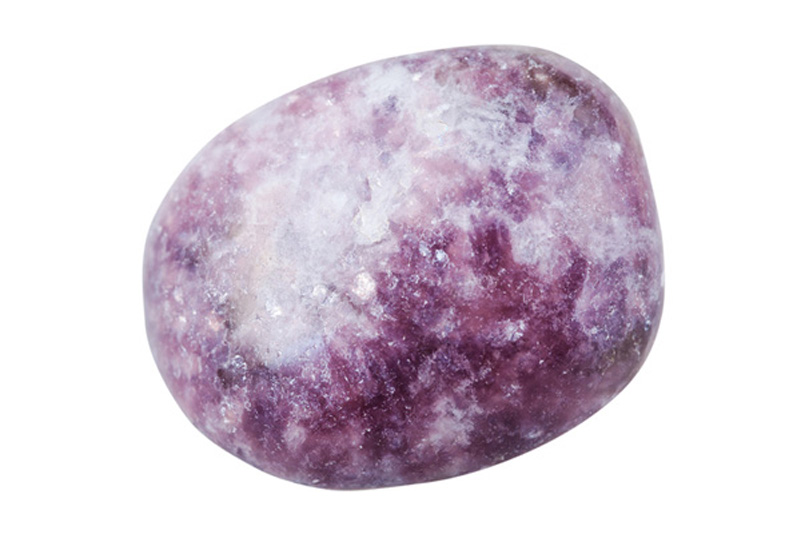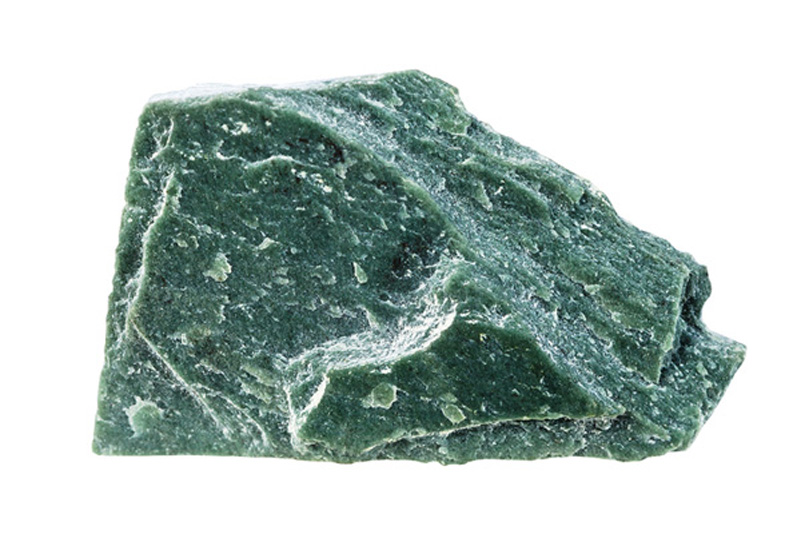


PHYSICAL PROPERTIES
- GROUP Silicates - phyllosilicates
- COMPOSITION AC2-3T4O10X2< /li>
- COLOR Varies according to its composition
- CRYSTALLINE SYSTEM Monoclinic
- CRYSTALLINE HABIT Lamellar
- HARDNESS 2.5
- FRACTURE Uneven
- EXFOLIATION Semi-perfect or perfect
- SHINEPearly or pearlescent
- STRIP White
- TRANSPARENCY From transparent to translucent
- SPECIFIC GRAVITY 2.7 - 3
MINERALOGICAL CHARACTERISTICS
The micas are one of the most abundant minerals, and are generally found in igneous and metamorphic rocks. They are hydrated potassium aluminosilicates, with sodium, lithium, iron or magnesium, depending on the varieties. They belong to the subgroup of phyllosilicates, sheets of tetrahedrons linked together with weak bonds. Its exfoliation is perfect, with separate thin and flexible sheets.
Within the group of micas there are different varieties, among which the muscovite (white, gray, yellow, green, pink or reddish) , the lepidolite (purple, pink, white-gray), glauconite (blue-green), phlogopite (white, yellow, reddish) and biotite (white, brown, black, yellow, dark green).
Deposits: Brazil, Russia, Canada, India, China, Japan, United States, Scotland, Canada, Germany, Sweden, Australia, Mexico, Madagascar and the Czech Republic.
THERAPEUTIC PROPERTIES
The mica is considered a mystical stone that favors intuition and psychic vision. It is said that it has the property of reflecting the mirrors that we project outside, that which is difficult for us to recognize as our own, in order to transform and integrate it. It helps open the heart chakra to unconditional love.
Mica also represents balance and flexibility. It facilitates communication, clarity and self-image.
On a healing level, mica is said to help regulate hunger, sleep well and relieve allergies.


